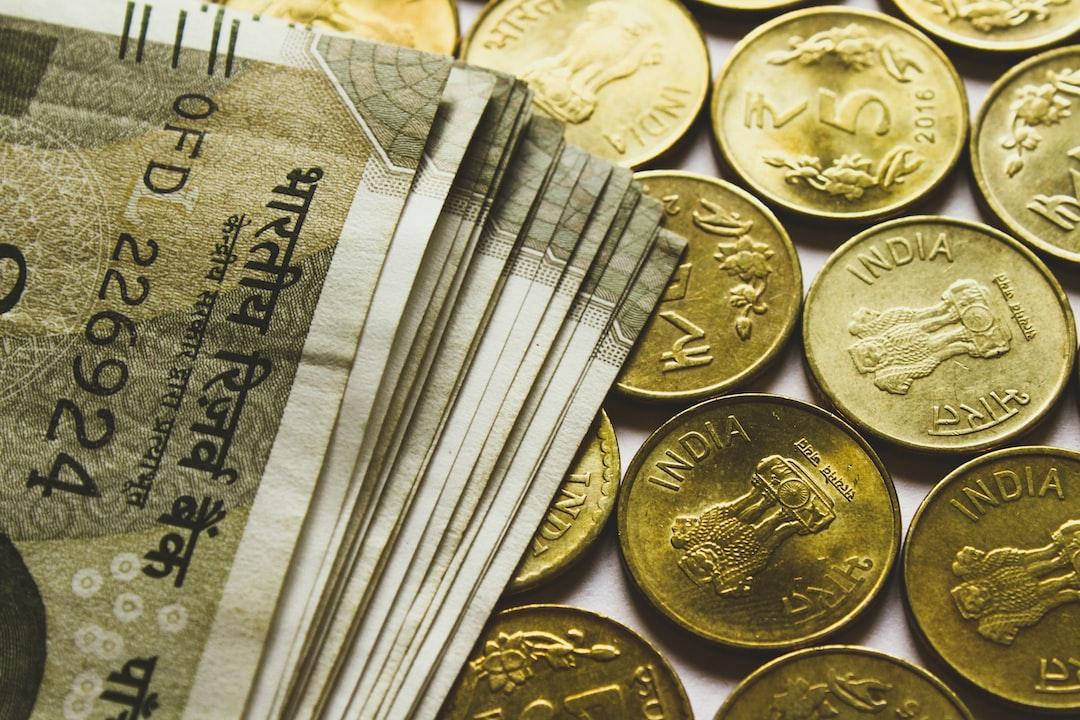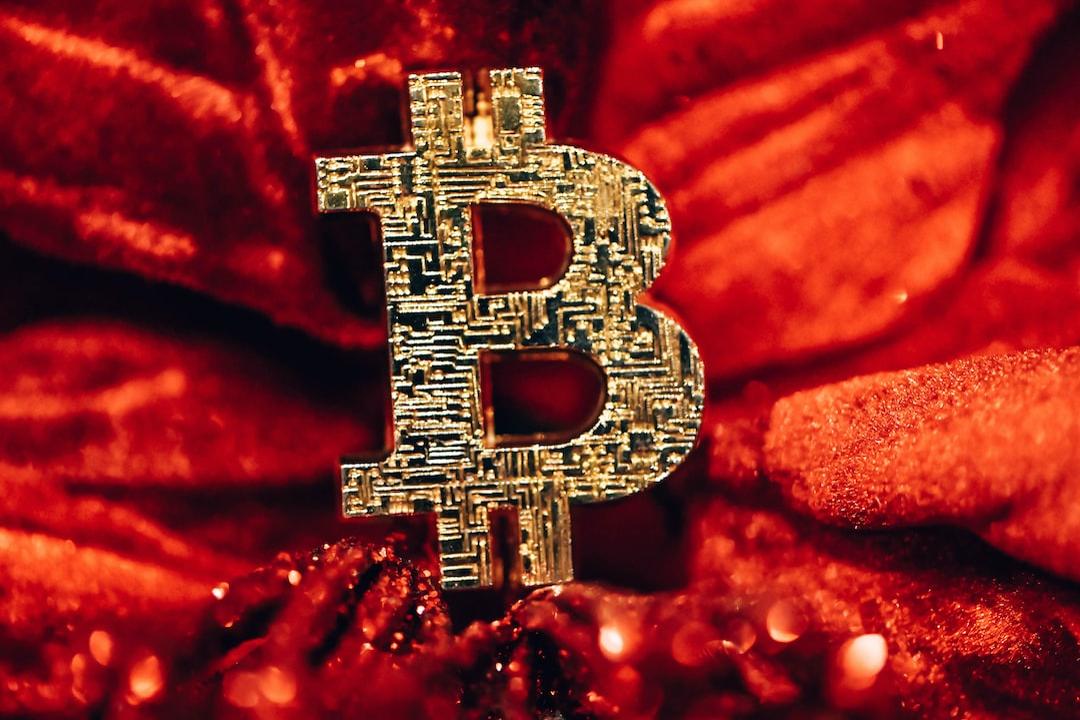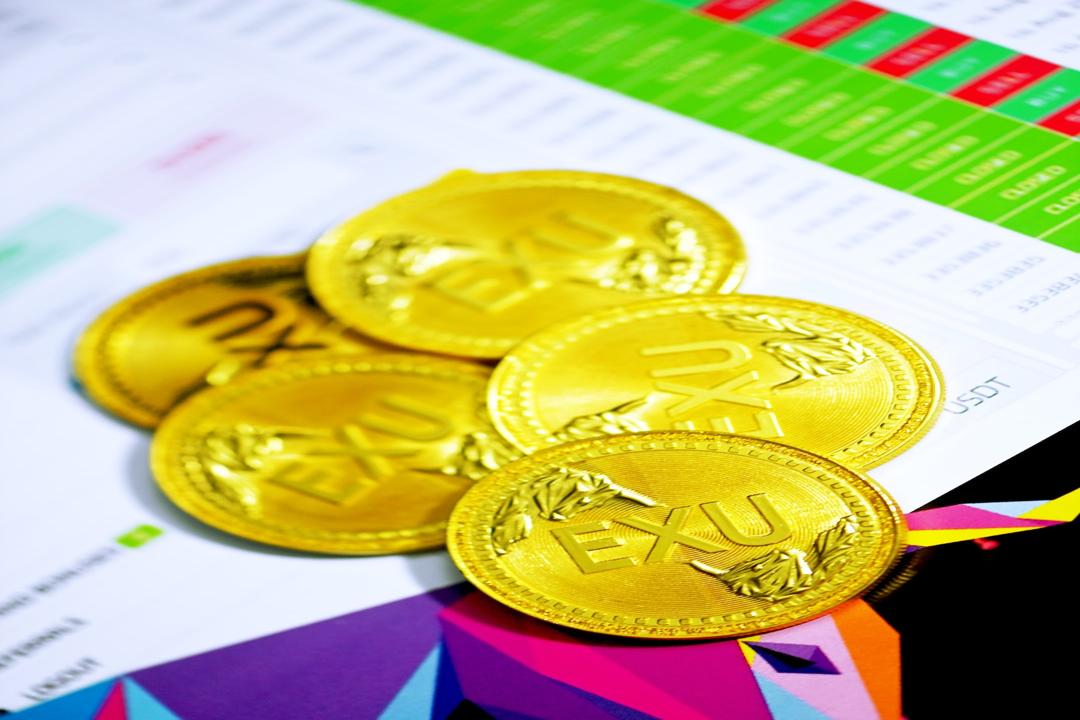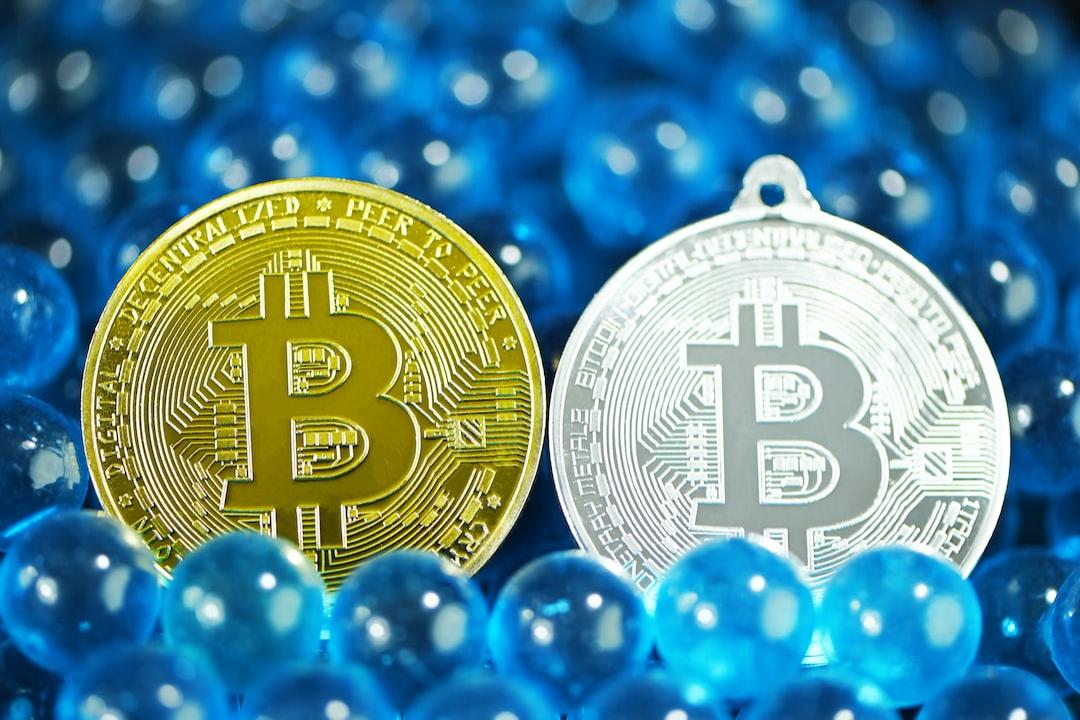The Ethereum network has been overshadowed in this bull market due to high gas fees, alongside the rise of the Solana ecosystem and meme coins. What is the current situation of Ethereum? This article will analyze it through four key data points.
(Background Context:
Bitcoin L2 may be 100 times more expensive than Ethereum L2, analysts say most BTC L2s cannot survive.)
Table of Contents
– Median on-chain gas fees at a near five-year low
– Ethereum continues to face inflation, burning only 210 ETH last Saturday
– Poor performance of Ethereum spot ETF since its launch
– The worst-performing tokens in the top 10 by market capitalization
In this bull market, besides the Bitcoin spot ETF driving up Bitcoin and the overall cryptocurrency market, the biggest highlight has been the “meme coin frenzy” led by the Solana ecosystem. However, Ethereum, which has never been absent from previous bull markets, has faced a stark decline this time.
The anticipated “Cancún upgrade” was expected to bring a significant number of new users to the Ethereum ecosystem, but the reality fell short. The proliferation of various Ethereum Layer 2 solutions led to fragmented liquidity, resulting in issues such as “ghost towns” on the chain, prompting the community to mockingly suggest renaming the “Cancún upgrade” to “Bumpy upgrade.”
Since then, no new narratives have emerged within the Ethereum ecosystem. What is the current situation of Ethereum? This article will analyze it through four data points.
According to data from Dune Analytics, the median gas fee for transactions on the Ethereum blockchain has fallen to its lowest point in nearly five years. On August 10, the median gas fee dropped to 1.9 gwei, the lowest level since August 2019, down nearly 98% from the high of 83.1 gwei in March.

The median gas fee for Ethereum over the past five years. Source: @hildobby
However, according to data from L2Beat, in the past 30 days, Ethereum Layer 2 Base recorded 109 million transactions, while Arbitrum had 58.04 million transactions. In contrast, Ethereum’s transaction count was only 33.52 million.
Moreover, observing the transaction data from Base over the past year, there has been a significant increase in transactions following the Cancún upgrade. Therefore, it can be inferred that Ethereum users may be interacting more on Layer 2 solutions like Base and Arbitrum.

Additionally, according to a report from The Block, despite low gas fees, the Ethereum network only burned 210 ETH last Saturday (the 10th), marking the lowest level of the year. In contrast, on August 5, when gas fees reached 100 gwei, the daily burn surged to 5,000 ETH.
Due to the persistently low gas fees, Ethereum’s inflation rate has consequently risen. According to data from The Block, although 210 ETH were burned last Saturday, the net issuance of ETH exceeded 2,100 ETH.
In light of the inflation trend, Gnosis founder Martin Köppelmann suggested temporarily raising gas limits:

According to data from Sosovalue, after the Ethereum spot ETF was launched in the United States on July 23, there were net outflows of funds on 9 out of the 14 days within the following two weeks, and there have been consecutive net outflows for three days recently.
Furthermore, the total net assets of the Ethereum spot ETF currently stand at $7.28 billion, which is only 13.2% of the total net assets of the Bitcoin spot ETF launched in January, which reached $55.11 billion, even falling short of the conservative prediction of 15% by Mechanism Capital co-founder Andrew Kang.
Extended Reading:
Is the Ethereum spot ETF losing momentum? Andrew Kang: Prices may drop to $2,400 after approval.

On the other hand, according to Coingecko data, Ethereum has performed the worst in terms of price fluctuations over the past month, with a decline of 17.9%, ranking last. Despite the launch of the Ethereum spot ETF on the 23rd of last month, the price of Ethereum has still not shown significant improvement, currently reported at $2,571.


Related Reports
Crash! Bitcoin fell below $64,500, while Ethereum holds firm at $3,200. Where is the support level?
ETH core developers criticize “the fall of Ethereum” as becoming increasingly centralized, with Vitalik Buterin’s strong rebuttal.
Vitalik Buterin, who is half Taiwanese! After receiving the employment gold card, he returns to Taiwan, not for braised pork rice but for the “ABS Asia Blockchain Summit.”


